The pictures of the burned police cars in Xintang went around the world, evidence that violent riots had taken place in this suburb outside Guangzhou City in southern China. Individuals who live in this textile town and observers familiar with the ways of the Chinese regime say the pictures are deceiving.
Mass protests broke out on June 10 after police were reported to have kicked a pregnant street vendor, a migrant worker from Sichuan Province in western China. The incident inflamed the migrant workers who run the blue jean factories of Xintang and they took to the streets, with the crowds estimated to have grown into the tens of thousands.
Early on the morning of June 13, protesters were said to have torched dozens of police and emergency vehicles. Very soon after, military troops marched in to restore order.
Sound of Hope radio interviewed a man who was on the streets of Xintang when the police cars were set ablaze. He said that he saw many plain-clothes security agents inciting the crowd to burn private and police vehicles. “They mixed in with the workers, shouting loudly to burn cars,” he recalled.
He could see that the Sichuanese migrant workers only had sticks and bricks. It was the undercover police who had the flammable liquid and could be seen dripping it onto the vehicles.
“Most people don’t know how to light fires. How could 100 cars have been set on fire so easily?” he said. “The best method to justify the use of the military is to intensify the animosity between the locals and the migrants by setting the locals’ cars ablaze.”
Khereid Khuvisgalt, a Mongolian scholar living in Japan, says he knows first-hand the steps the Chinese regime will take to justify the violent repression of protesters. In a twitter post, he wrote, “This strategy was used in Mongolia, Xinjiang and Tibet. First, the regime allows the protesters to do as they please and then finds an excuse to bring in the riot police.
“The migrant workers are being framed as ‘terrorists’ and the undercover police are participating. This tactic is very familiar and the outside world should not fall for the same old CCP trick.”
Internet posts have appeared attacking the migrant workers of Xintang.
A Twitter post, likely from Hong Kong, echoed Chen’s thoughts: “The migrant workers are not mobs looking to loot; right from the start, they only wanted the local government to apprehend those security personnel who beat the pregnant vendor.
“No migrant worker from Sichuan has a Twitter feed, so it must be Party hacks who are trying to sow discord, twist facts, and shift the focus from the real situation, that the Xintang authorities won’t bring the perpetrators to justice.”
Original Chinese version: http://www.epochtimes.com/b5/11/6/16/n3287689.htm
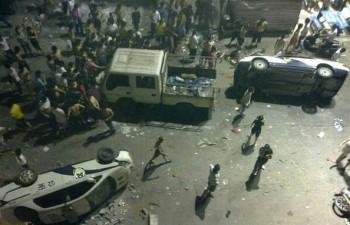
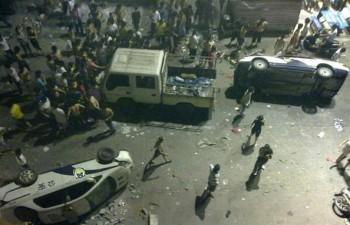
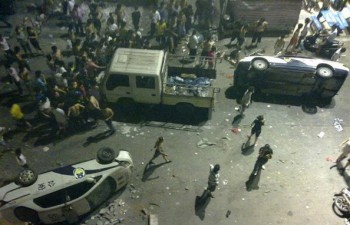


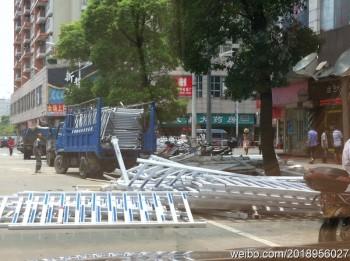
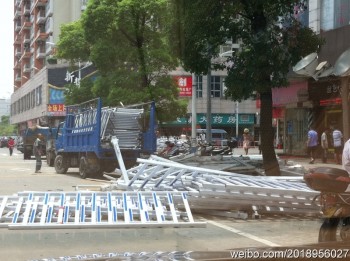
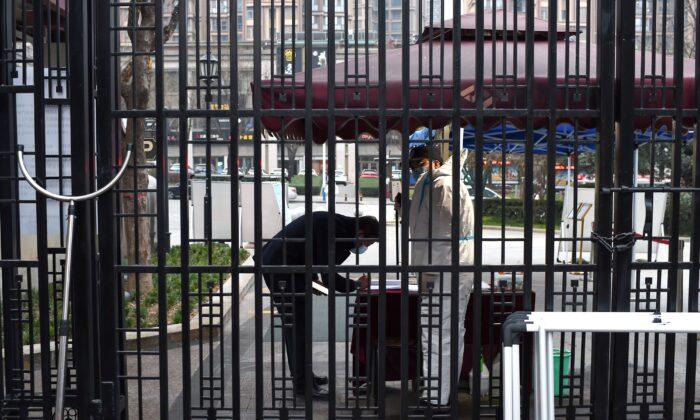
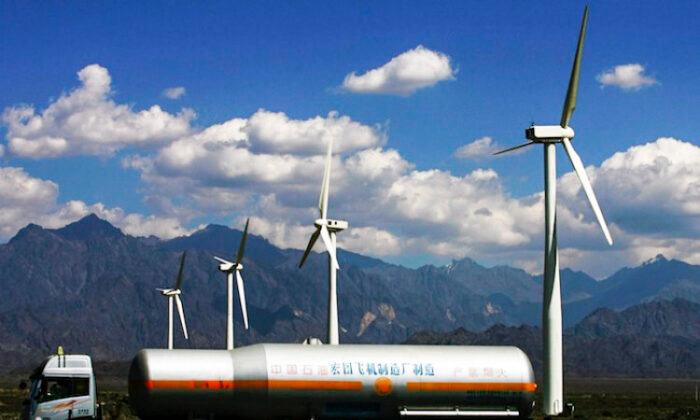
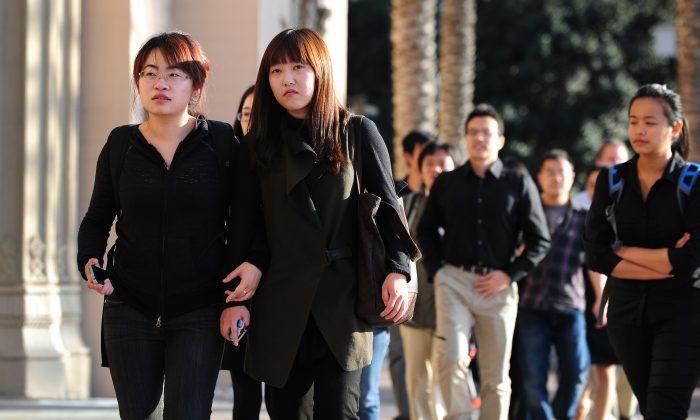
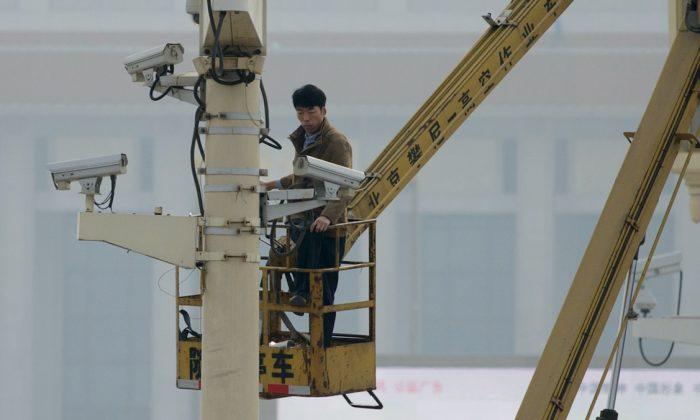
Friends Read Free